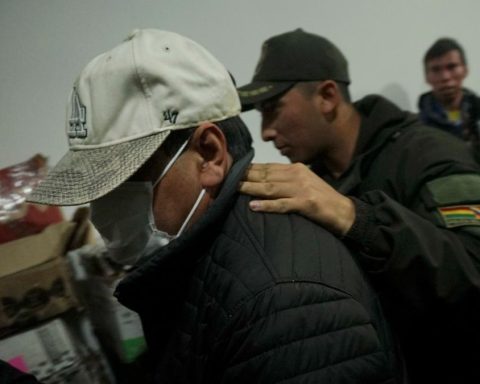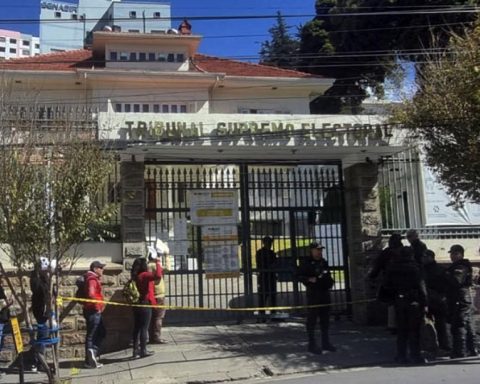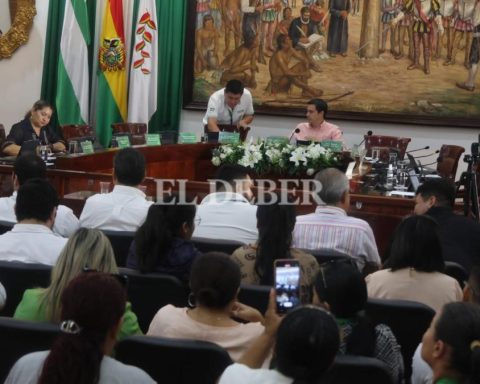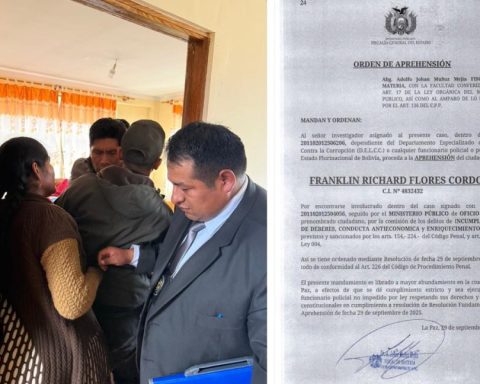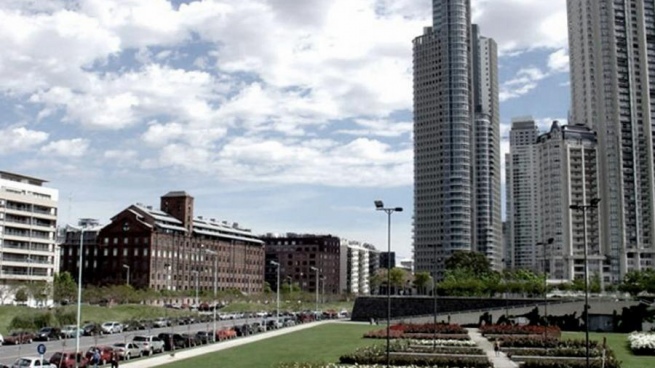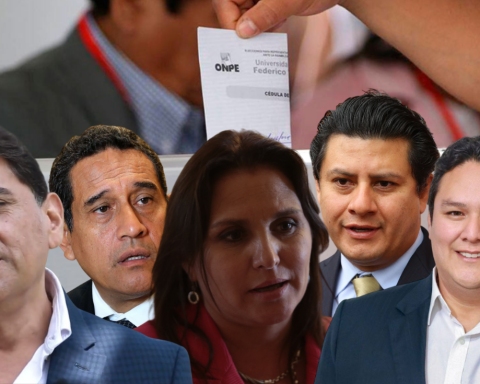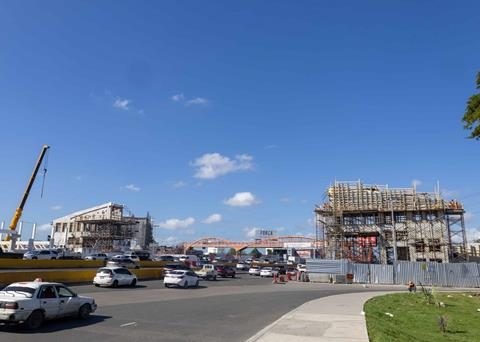September 11, 2022, 4:30 AM
September 11, 2022, 4:30 AM
Little or nothing has changed in Bolivia since the scandal that hit the country after the Huanchaca tragedy. What is more, we can assure without fear of being wrong that throughout the 36 years that have elapsed since the assassination of Professor Noel Kempff Mercado, pilot Juan Cochamanidis and guide Franklin Parada, perpetrated by drug traffickers who operated in the Huanchaca National Park, the mafias that feed on drug trafficking have been gaining ground. Not only in marginal or remote areas such as national parks and nature reserves, but in the very centers of power, whether political or economic, or both. Chapare is just a sample of it.
Not only that they have gained ground, but also the approval and even protection of those called to combat them. They have achieved it using the resource they manage best: violence in all its forms, including the use of large-caliber firearms. They are using them without hesitation, as evidenced by the latest incident seen in Samaipata, in which a 16-year-old adolescent was killed by seven bullets fired at close range that hit him in the head, neck, chest, and hands. I detail the target of the bullets as proof that they shoot to kill, not just to cause a scare followed by flight.
Three other people were shot, one of them seriously. Behind the scenes of the event bring to mind what happened on September 5, 1986 in Caparuch, where Professor Kempff had arrived accompanied by a group of scientists from the Doñana Biological Station. A memory that recreates what happened then and can be compared with what is happening today, and not only in Samaipata, but also in what is now called Noel Kempff Mercado National Park, in the Velasco province. Other national parks and reserves or natural protection areas enter the scene, all of them under the threat and pressure of drug traffickers who operate in them.
With more aggravating circumstances than ever, such as the proliferation of fires that are putting an end to enormous extensions of forests, destroying unique ecosystems in the country, the region and the world. A criminal action that exceeds the limits of just two parks and that to date also affects rural and populated urban areas. We are seeing it now, in the official reports issued by the early warning systems, but also in various events such as the one reported a few months ago in Las Londras, in the department of Santa Cruz. In all of them with a common factor: the use of firearms and the strategies of civil commandos and militias, whose actions have led Fundación Tierra to warn of the transformation of Bolivia into another Colombia.
A reality to which the different levels of government not only pay little attention, but even, in several cases, encourage. It is what is seen in a very marked way in the central government, which no longer even keeps the forms, and also in the other levels of government that consent and undermine the excesses, in the most diverse ways. One of them is the non-allocation of necessary budgets and in accordance with the requirements of the technical instances called to prevent and combat fires and other natural disasters.
Just to cite an example: is it conceivable that in the Santa Cruz Governor’s Office, the department’s main public actor, there is only one corps of 27 firefighters to attend to emergencies throughout the department? We are talking about firefighters who have the necessary training and preparation to fight these emergencies. All the rest are volunteer firefighters, who do not receive a salary or any benefits. Of course: they are equal in the shortcomings, since some and others lack the minimum to be able to operate: adequate clothing, vehicles, fuel and even food. You have to see in poverty that they move, forced to campaign and vaquita to survive!
Not even mention the local power. At this time, the Government faces difficulties in acting in the face of the serious situation facing Santa Cruz, because the vast majority of the municipalities affected by the fires have not been able to approve the declaration of emergency, a basic requirement for the departmental power to act. . And it has not yet been able to have at least one risk management law, let alone take a fundamental step by taking advantage of its powers.
Urgent tasks that do not seem to be heading the departmental agenda, nor the municipal agendas. Very serious and highly dangerous.

